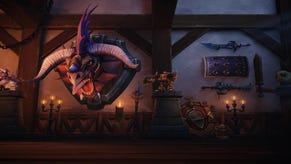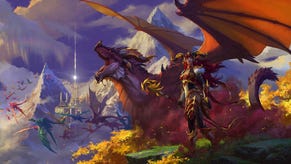World of Warcraft's iconic visual style explained
World of Warcraft possesses one of gaming's recognisable exteriors, but how did it get that way? A former Blizzard exec reveals all.
"If you consider the artwork of the Warcraft series, you'll see that the colors are shockingly loud in comparison to, say, Diablo, where only in a dim room is it truly possible to see the beauty of the art," former Blizzard exec Patrick Wyatt told Kotaku.
"The bright, cartoony art-style was different from the style of many other PC war games of the era, which hewed to more realistic color palette."
Wyatt also suggested games previously worked on by members of the team had an effect.
"Part of that difference can be explained by the past experiences of our artists, who had worked on several Super Nintendo and Sega Genesis console titles, where games required more dynamic colors since televisions of that era were so much worse at displaying colors than PC monitors. Console games on TVs, which had lower pixel resolution and color bleed, needed high-contrast artwork to show well."
Not all of the reasons for WoW's style are so simple. Wyatt says Allen Adham, the company's co-founder, "used to stalk the halls of Blizzard turning on lights and opening window-blinds."
"His view was that most folks play games in bright rooms, so our artists should be authoring our games to play well in that environment," he explained.
"He argued that it's easy to draw artwork that reads well when viewed in a dark room with no outside light can distract from the monitor. But when computer art is competing with bright lights it's much more difficult to see. And fluorescent bulbs are the worst form of light available - the cold, flickering glow of their tubes tires the eyes and washes out colors."
"So the lights were always on in the art rooms to force artists to compensate for terrible lighting by creating art that accounted for those conditions. These working conditions chafed on some of the art team, but ultimately led to artwork that stood out compared to products of the day."







_ddwYK80.png?width=291&height=164&fit=crop&quality=80&format=jpg&auto=webp)


.jpg?width=291&height=164&fit=crop&quality=80&format=jpg&auto=webp)